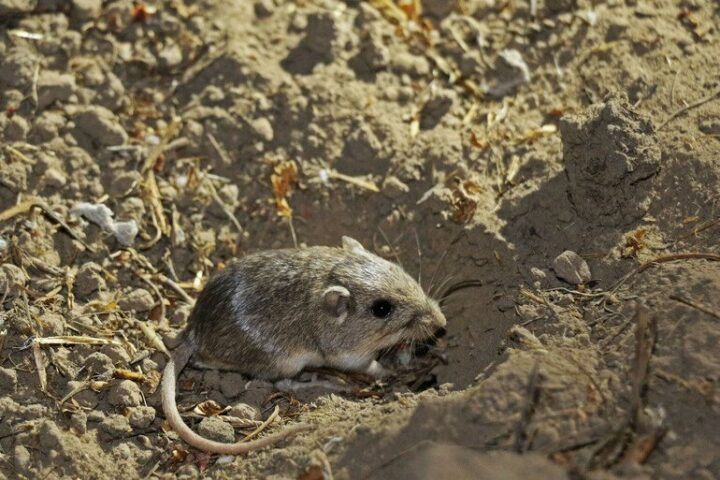In an unprecedented discovery in wildlife behaviour, Ethiopian wolves (Canis simensis) have been observed feeding on nectar from Ethiopian red hot poker flowers (Kniphofia foliosa), marking the first case of a large carnivore species ever documented feeding on nectar. This finding, published in the journal Ecology, documents this undocumented behaviour in the Ethiopian highlands.
Researchers from the Ethiopian Wolf Conservation Programme (EWCP), who conducted the study, documented that wolves visit up to 30 blooms during single foraging trips. As these critically endangered canids feed, their muzzles become covered in pollen, enabling potential cross-pollination between flowers—making this perhaps the first known plant-pollinator interaction involving a large predator.
Similar Posts:
Why is this discovery important?
“These findings highlight just how much we still have to learn about one of the world’s most-threatened carnivores,” states Dr. Sandra Lai, EWCP Senior Scientist at the University of Oxford and lead author of the study.
Lai further notes that “for large carnivores, such as wolves, nectar-feeding is very unusual, due to the lack of physical adaptations, such as a long tongue or specialised snout, and because most flowers are too fragile or produce too little nectar to be interesting for large animals.” The sturdy structure and rich nectar content of the Ethiopian red hot poker flowers make this unusual feeding behaviour possible.
The research also documents juveniles being brought to flower fields along with adults, suggesting possible social learning. This observation provides new insights into wolf behaviour patterns.
Professor Claudio Sillero, EWCP founder and director at the University of Oxford, first noticed this behavior. “I first became aware of the nectar of the Ethiopian red hot poker when I saw children of shepherds in the Bale Mountains licking the flowers. When I later saw the wolves doing the same, I knew they were enjoying themselves, tapping into this unusual source of energy,” he explains.
Need for Conservation
The current state of Ethiopian wolf populations remains critical.
- Fewer than 500 individuals survive.
- 99 packs exist across six Afroalpine enclaves.
- Status: Africa’s most threatened carnivore
The wolves face mounting pressures from habitat loss and fragmentation in their highland home, also known as the “Roof of Africa.”
The EWCP, Ethiopia’s longest-running conservation program, operates as a partnership between the Wildlife Conservation Research Unit (WildCRU) at the University of Oxford, the Ethiopian Wildlife Conservation Authority (EWCA), and Dinkenesh Ethiopia. The program aims to safeguard the future of natural habitats for the benefit of wildlife and people in the highlands of Ethiopia.
The survival of Ethiopian wolves depends on preserving their unique highland ecosystem. This newly documented behaviour of nectar feeding and potential pollination adds another dimension to understanding their role in their environment.


















